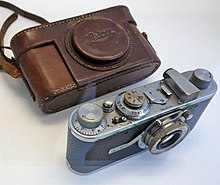Eddie Adams was a photographer and photojournalist and he photographed throughout 13 wars. He was made famous through his portraits of celebrities and politicians. In 1968, he took a significant image of the General executing a Vietcong prisoner. Adams said that on the day he took this image, he killed General with his camera due to the negative portrayals labeling him for executing this prisoner on the spot. There was also video footage taken by an American news team during the execution that shows the prisoner being killed and this was shown on the news that evening. The image is more important than the video in my opinion; this is because it lingers more as it can be viewed all of the time. The importance of the image is accentuated as it sent a message throughout America making the citizens feel like they did not want to follow the dictatorship of their country anymore and just wanted the war to end. Although the video evidence is still quite bad as it shows the killing, the image will be very significant as one of the major images captured during the Vietnamese war. According to some reports, the prisoner had killed 8 or 9 American soldiers before his execution, however he did not kill the soldiers on camera and we have not seen any footage or evidence of this. Additionally, this photograph could send a variety of messages to viewers. For example, some people may agree with the General killing the prisoner as it shows that the Americans were ruthless and dominant during the war. Conversely, many others will see this as wrong: it degrades the Vietnamese as weak and vulnerable and it is just wrong to kill somebody on camera. Following this, photojournalism could be an unreliable way of photography as it sends out multiple messages and they can be interpreted in a number of ways. On the other hand, if interpreted in the correct way they can be very reliable in emphasizing things such as peoples points of view.



